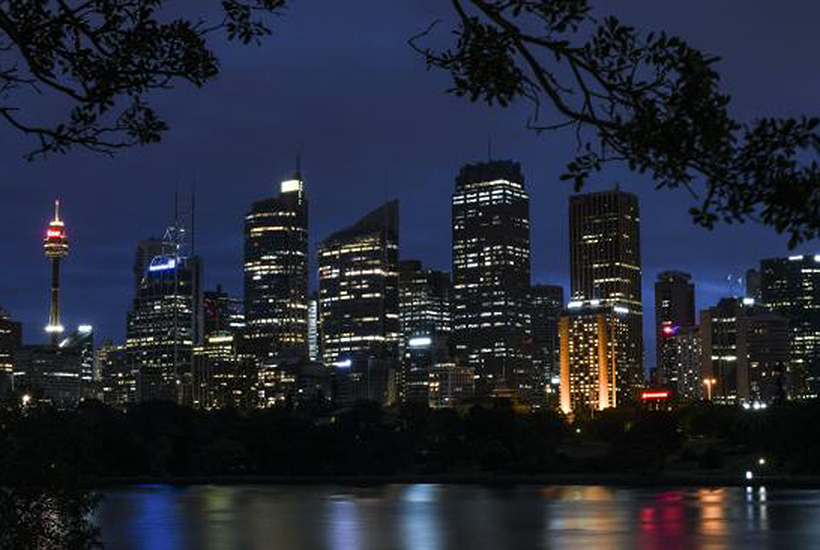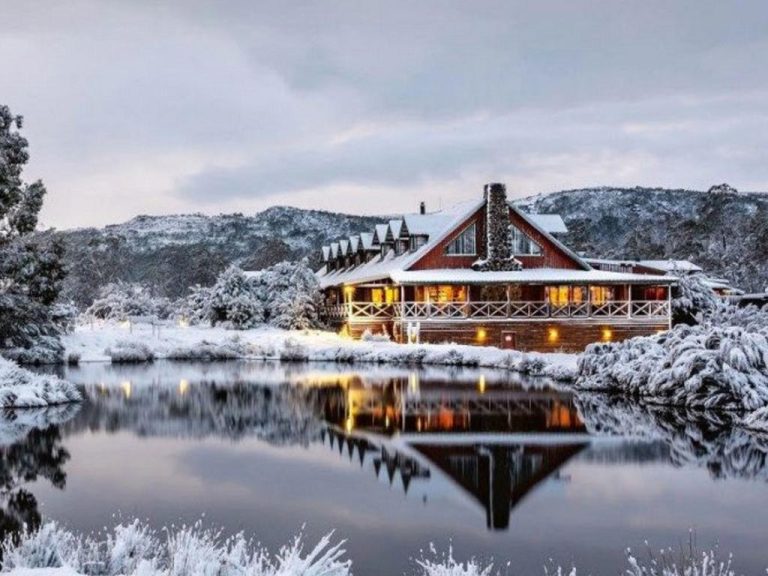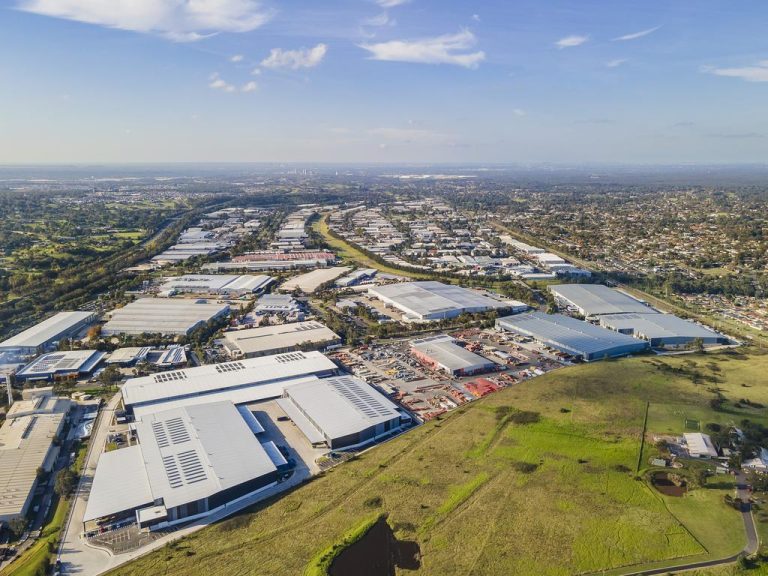Sydney, Melbourne office vacancy hits 10-year low

Rising appetite for office space has pushed the vacancy rates in Melbourne and Sydney’s CBDs to their lowest level in 10 years, according to the Property Council’s Australian Office Market Report.
The amount of empty office space across Australia’s office buildings fell 0.7 per cent to 8.5 per cent in the six months to January.
Despite the surge of new development in Melbourne, businesses expanded, driving the vacancy rate down to 3.2 per cent, while the amount of empty Sydney offices fell to 4.1% of CBD space.
Commercial Insights: Subscribe to receive the latest news and updates
Vacancy rates fell in all the capitals apart from Hobart.
“Office vacancies have tightened in CBDs across the country, with Melbourne and Sydney now at incredibly low levels,” Property Council chief executive Ken Morrison says.
Morrison says both cities had strong economies, but the new development in Melbourne has allowed businesses the room to grow.
In the Sydney CBD, the combination of a net withdrawal of office space and little new development had put a lid on the take-up of office space.

“Melbourne CBD added an additional 98,758sqm of supply during the last six months compared to Sydney’s 28,212sqm increase,” Morrison says.
“Looking ahead, Melbourne will account for half of the additional one million square metres of office space coming on to the Australia’s CBD markets over the next three years.”
Sydney also has some major projects, but they will come on line “just over the horizon in 2022 and beyond”.
The national CBD office market vacancy rate fell to 8.3% in January, down from 9.1% in the previous six month, the lowest since January 2013.
The Hobart CBD had 5.9% of its office buildings empty, Canberra’s vacancy rate was 11%, Brisbane 13%, Adelaide 14.2 per cent, Darwin 17.2 per cent and Perth 18.5%.
The top 10 best-performing non-CBD markets were in NSW and Victoria: Parramatta, East Melbourne, Macquarie Park, Crows Nest/St Leonards, Chatswood, St Kilda Road, North Sydney, Newcastle, Wollongong and Southbank. The Sunshine Coast, West Perth and Brisbane Fringe have the highest non-CBD vacancy rates.

JLL head of office leasing Tim O’Connor says Adelaide, Perth and Brisbane will be the markets to watch this year as economic growth underpins tenant demand and effective rental growth. “Further tightening of prime-grade vacancy in these recovering markets in 2019 should lead to a reduction in leasing incentives and a return to positive effective rental growth,” he says.
However, O’Connor notes that public sector leasing will slow in the first half of the year on the back of the federal election.
“Despite the caution brought about by the uncertain economic and political climate, we expect that tight prime-grade vacancy rates — sub-10% in most CBD and metropolitan office markets — will spark a surge in pre-commitment to new development this year.”
CBRE expects a surge of development in Melbourne that will push vacancy rates to 6% by the end of the year and 9.3% in late 2022.
CBRE associate director Felice Spark predicted the Perth CBD would see the highest prime net effective rent growth of all the markets at 8.8%. Sydney’s prime net effective rental growth was expected to be 7.1%.
Knight Frank head of office leasing David Howson says the demand outweighing supply in Sydney and Melbourne will result in further rental growth while he flags the continued rise of speculative suites as businesses look for ready-made spaces to save time and fit-out complexity.
This article originally appeared on www.theaustralian.com.au/property.







